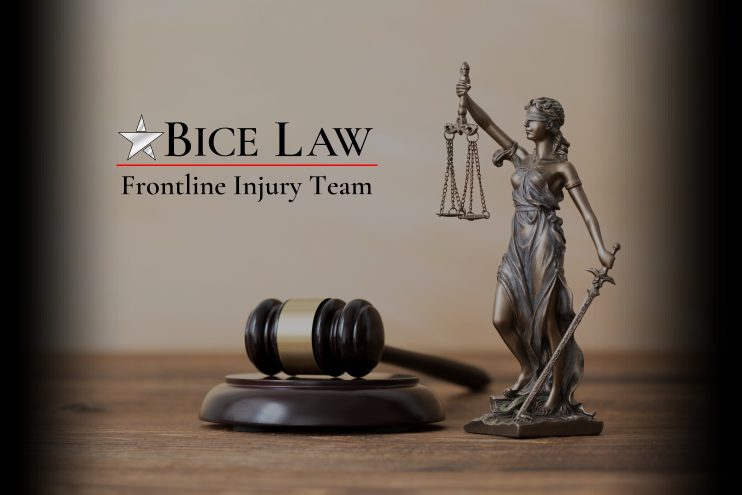Rock Hill SC Spinal Cord Injury Lawyer
-
Anterior Cord Syndrome:
This involves injury to the anterior, or front, portion of the spinal cord. With this type of spinal injury, the patient has varying degrees of paralysis occurring below the level of injury. Patients have decreased ability to sense pain and temperature. They do, however, retain the ability to sense touch, position and vibration. It is possible for some people with this type injury to regain some movement later in the recovery process. Anterior cord syndrome is an incomplete cord injury.
-
Central Cord Syndrome:
Also known as an incomplete cord injury, there is damage to the center of the spinal cord. Motor and sensory deficits are less severe in the lower extremities than in the upper extremities. The person with this type injury may not be able to move his arms, but may be able to move his legs.
-
Posterior Cord Syndrome:
Involves injury to the back portion of the spinal cord. Persons with posterior cord syndrome have a loss of proprioception, the body’s own ability to perceive its positioning of body parts, fine touch and fine pressure. Patients retain intact motor function, pain and temperature. They are also able to detect touch that has significant pressure. Posterior cord syndrome is an incomplete cord injury.
-
Brown-Sequard Syndrome:
This is also an incomplete cord injury, but the spinal cord is injured between the anterior and posterior portion. These injuries are often associated with gun shot or stab wounds. The person exhibits same side loss of motor function and proprioception, but the opposite side of the injury has the inability to sense pain and temperature.
-
Complete Cord Injuries:
With this the cord is literally cut in two. According to “Sheehy’s Manual of Emergency Care,” the hallmark of complete cord lesion is paraplegia or quadriplegia, also called tetraplegia. With these injuries, there is absence of all motor, sensory and reflex below the level of injury. It is common to hear people speak of those who are quadriplegic or paraplegic. A person who is a paraplegic has loss of muscle ability in both arms or both legs. A person who is a quadriplegic has loss of motor function in both arms and both legs.
Contact the Spinal Cord Injury Law Firm of Bice Law
If you have suffered a spinal cord injury because of someone else’s actions, take the first step to protect your legal rights – contact the personal injury firm of Bice Law. We serve families across both North Carolina and South Carolina. You only have a limited time after your injury to file a claim, however, so you must act quickly. Contact the personal injury firm of Bice Law today by calling 877-BICE-877 or submit an online request to get a free consultation with a paraplegia injury & accidents attorney. Results are how we measure success – we’ve built a strong reputation both in and out of the courtroom, and we’ll put our experience and expertise to work on your behalf.
Source: http://www.livestrong.com/article/165188-different-types-of-spinal-cord-injury/#ixzz2c3pORIGg

